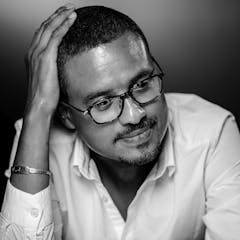
Articles on Colonial past
Displaying all articles

Though it is a fact that some enslaved people learned valuable skills, it’s a myth that they had the same path of upward mobility that white laborers enjoyed.

Long before Green Square was a huge urban renewal project it was Country known to Traditional Owners for its wetlands. Until now, those water stories have remained largely invisible.

There is no linear approach to the process of decolonisation. But any attempt must start with looking at how the internet spreads knowledge and ideas about Africa and Africans.

The French-Senegalese author’s novel At Night All Blood is Black is a harrowing and politically profound story of a Senegalese soldier fighting for the French in the first World War.

Nyachae always served at the intersection of politics and administration. Nevertheless, he was more of a firm manager than a politician.

Airport passenger terminals are often designed to flaunt a city and country. Embakasi’s rudimentary terminal made Nairobi’s newest airport more colonial utility than colonial showpiece.

Police played a unique role in many settler colonies executing assimilationist policies designed to dismantle First Nations families.

To confront colonialism, universities must open their archives and let communities see their pasts, eugenics and all.

The Peterloo massacre was one of the worst atrocities committed on British soil, but across the empire there were many such acts.

125 years ago today women in New Zealand were the first to win the right to vote. Why did this global first happen in a small and isolated corner of the South Pacific?
